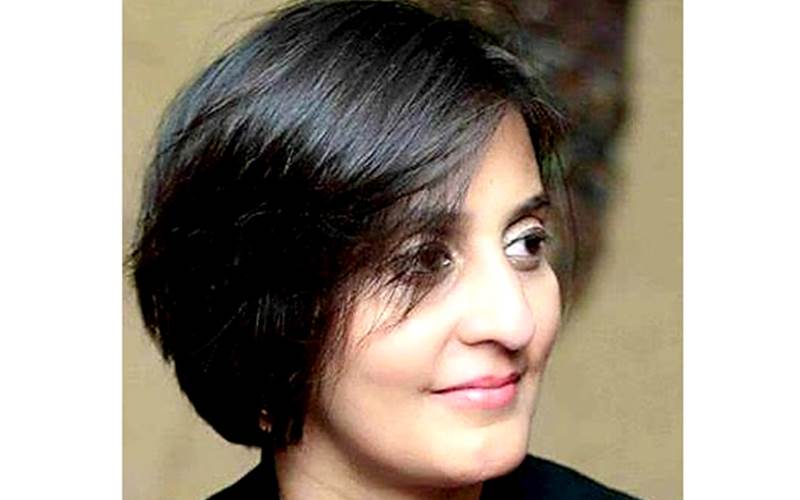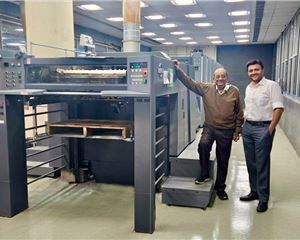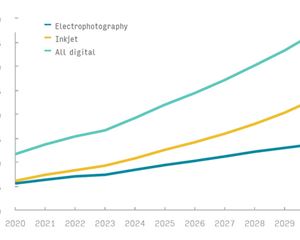Girija Jhunjhunwala: Graphic novels offer unending possibilities for thoughtful literary expression
In the West, graphic novels are a serious business (look at the blockbuster movies based on popular DC and Marvel Comics characters), with dedicated publishers churning out content for adult readership but with the same literary depth afforded to a traditional novel. In India, this combination of text and visuals still means literature targeted at children — Tinkle, Amar Chitra Katha, Chacha Chaudhary or occasionally Archie. Is it true, or the dynamics are changing? In a conversation with Dibyajyoti Sarma, Girija Jhunjhunwala, director, Campfire Graphic Novels, explains the state of graphic novels in India
04 Jun 2019 | By Dibyajyoti Sarma
Dibyajyoti Sarma (DS): What’s the state of graphic novel market in India?
Girija Jhunjhunwala (GJ): The graphic novel market in India is slowly developing. There are a number of writers and artists who create graphic novels that are targeted at more mature readers. We, at Campfire, have also been creating content, which appeals not only to a young audience but mature readers as well.
DS: What about the target readership, children vis-à-vis adults?
GJ: The dynamics are slowly changing, as more readers realise that graphic novels are a valid form of literature. Even the university curriculums in India have begun to teach it as a separate genre. Some graphic novels have even won literary awards, including our very own titles such as Ashoka, Buddha, Gandhi (the Graphic Novel of the Year Award at Comic Con India.)
DS: We do see graphic novels on and off in the market, but the output seems to be sporadic. Also, we have fewer publishers interested in serious graphic novels…
GJ: Graphic novels started as a niche area but now is steadily growing. Even mainstream publishers (which are actually based in the West) are publishing graphic novels in addition to their regular list for the Indian market. Of course, the output is nowhere near as large as in the West, but things are changing. For example, a decade ago, Campfire had to educate people on what a graphic novel is. The general idea was if a book has pictures, it is meant for children. It was not considered serious reading. It took us some time to create awareness. But now, readers are savvier and appreciate good reading material from Indian publishers, whichever format it comes in.

DS: In your opinion, why is this particular genre is not popular in India?
GJ: Well, there are comic books that are sold for less than 100 rupees, but for graphic novels, the paper and printing quality and creative costs are generally higher, leading to higher prices. This could be a reason why there are many hesitant buyers.
DS: In the last couple of years, the annual Comic Con events have managed to draw a sizeable number of enthusiasts, including cosplayers. How do you think these events have helped popularise local comics in India?
GJ: Comic Con is of course the only platform in India for the entire industry to come together and share ideas. It is also a boon for local, independent creators as this is their one opportunity to showcase their products and talents. It has become a bridge between the creator and the consumer. Also, it has put Indian comics in the limelight by creating a pop culture around them.
To entertain and educate
Delhi-based Campfire, an imprint of Kalyani Navyug Media, took the inspiration for the name from the act of storytelling itself when people gathered around a campfire and regaled to each other tales of heroes and monsters. With over 80 titles under its belt, Campfire, too, tells the stories of heroes and monsters, but its preferred medium is visual, a combination of graphics and text. Published in four categories — classics, mythology, biographies and history — Campfire’s books are sold across the globe, and of course, India.
In just six years, Campfire has made a name for itself winning the Comic Con India Award for Best Graphic Novel for three years running.
While Campfire classics adapt works of Shakespeare, Jane Austen, Charles Dickens and others, its graphic biographies introduce the readers to the lives of a range of real-life ‘heroes’, including the likes of Mahatma Gandhi, Nelson Mandela, Mother Teresa and Steve Jobs.
In history, to commemorate the 100th anniversary of the outbreak of the First World War, Campfire had released World War One: 1914 - 1918, in early 2014.
DS: How has Campfire been working towards popularising the genre?
GJ: Campfire’s tagline is ‘Putting the fun back into reading’. We try to introduce young readers to graphic novels across various genres, such as western classics, biography, history, mythology and even original fiction. We often hold workshops that focus on this medium to make it popular. We are proud to mention that Campfire books have been recommended by all major secondary school boards in India for supplementary classroom reading.
DS: Top five favourite graphics novels.
GJ: Among graphic novels, some of the favourites are Art Spiegelman’s Maus, Marjane Satrapi’s Persepolis, Pierre Christin’s Valerian series, works by Moebius and Sergio Toppi.
DS: Anything else you’d like to add?
GJ: We hope that this medium becomes more popular in the future as it offers unending possibilities for thoughtful, mature literary expression.












 See All
See All